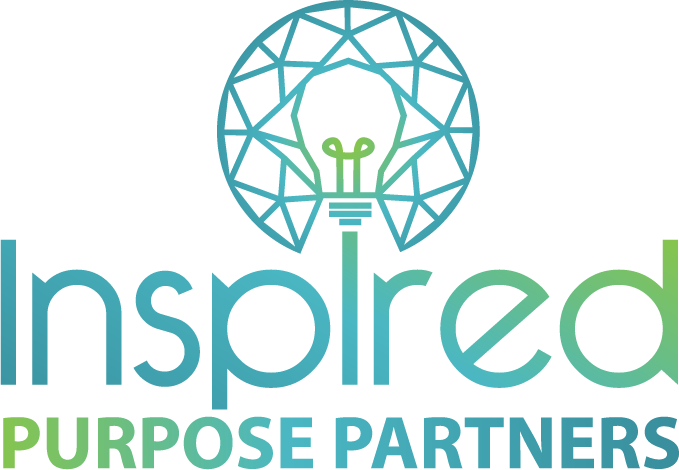From Jargon to Stories: How to Communicate Science to Non-Scientists

In today's world, science and technology have become increasingly important in our lives. From the latest medical breakthroughs to innovations in renewable energy, there is no shortage of groundbreaking research and discoveries to share. However, communicating complex scientific concepts to a non-scientific audience can be challenging. So how can you do this effectively? Let's explore some ideas.
First and foremost, it's important to remember that effective communication is all about understanding your audience. Non-scientific audiences may not have the same level of technical knowledge or vocabulary as scientists, so it's important to avoid jargon and use simple, clear language. Be sure to explain any technical terms or concepts in plain language and use examples that are relevant to your audience's interests or experiences.
Another key element of effective science communication is storytelling. People are more likely to remember and engage with information when it's presented in a narrative format. Carmine Gallo writes in The Bezo Blueprint, "Stories are the most powerful tool we have for capturing attention, conveying information, and inspiring action." So, whether you're explaining a new medical treatment or a breakthrough in materials science, try to frame your message as a story with a clear beginning, middle, and end.
Visual aids can also be an effective way to communicate complex scientific concepts to a non-scientific audience. Whether you're giving a presentation or creating a social media post, consider using images, infographics, or videos to help illustrate your points. Visual aids can help simplify complex information and make it more accessible to a broader audience.
When choosing a communication channel, there are many options to consider. In The Bezo Blueprint, Gallo emphasizes the importance of social media as a tool for reaching a wider audience. Platforms like Twitter and Instagram can be a great way to share your research and connect with people who may not otherwise be exposed to scientific information. However, it's important to remember that different audiences may prefer different channels. For example, suppose you're trying to reach policymakers or other decision-makers. Consider writing an op-ed or submitting a letter to a newspaper editor in that case.
Finally, it's essential to maintain ethical standards in scientific communication. Ethics must be front and center in all communication efforts. This means presenting accurate information, avoiding sensationalism, and being transparent about any conflicts of interest. It's also important to respect the privacy and dignity of research participants and to be mindful of any potential harm that may arise from sharing certain types of information.
Communicating science to non-scientists is a crucial skill for researchers and scientists to master. By understanding your audience, telling compelling stories, using visual aids, choosing the right communication channel, and maintaining ethical standards, you can effectively share your research with a broader audience and inspire others to engage with scientific information. As Gallo writes, "The most successful communicators are those who can make the complex simple and the abstract concrete." By following these tips, you can do just that.


0 comments
Leave a comment
Please log in or register to post a comment